As donor participation rates continue to decline, stewardship has become a financial necessity, not a luxury. The Chronicle of Philanthropy underscores what many in the sector already know: building long-term donor relationships matters more than chasing one-time gifts. Nonprofits that focus on likelihood—consistent engagement and emotional connection—will unlock far greater lifetime value than those relying solely on wealth metrics. In today’s landscape, failing to invest in stewardship isn’t just shortsighted—it’s a costly mistake.
Read MoreNonprofits are at the heart of tackling social challenges, but their long-term success relies on resilience and adaptability. A powerful lesson from Graham Windham’s experience highlights how diversifying revenue streams is crucial for sustainability. By pivoting to private donations when government funding fell short, they proved that financial resilience comes from a broad, diverse funding base. Nonprofits can emulate this success by developing multiple revenue channels, from earned income and individual donors to corporate partnerships and endowments—ensuring their ability to continue making a difference, no matter what challenges arise.
Read MoreFewer households are giving to charity, with the percentage dropping from nearly two-thirds two decades ago to just 45.7% today. While total charitable donations remain high, they are increasingly concentrated among wealthy donors, raising concerns about the long-term stability of nonprofit funding. Economic pressures, shifting demographics, and evolving giving preferences all contribute to this decline, forcing nonprofits to rethink their strategies. The real question is—what happens when major philanthropists decide to pull back, and how will nonprofits adapt to a changing landscape of generosity?
Read More
